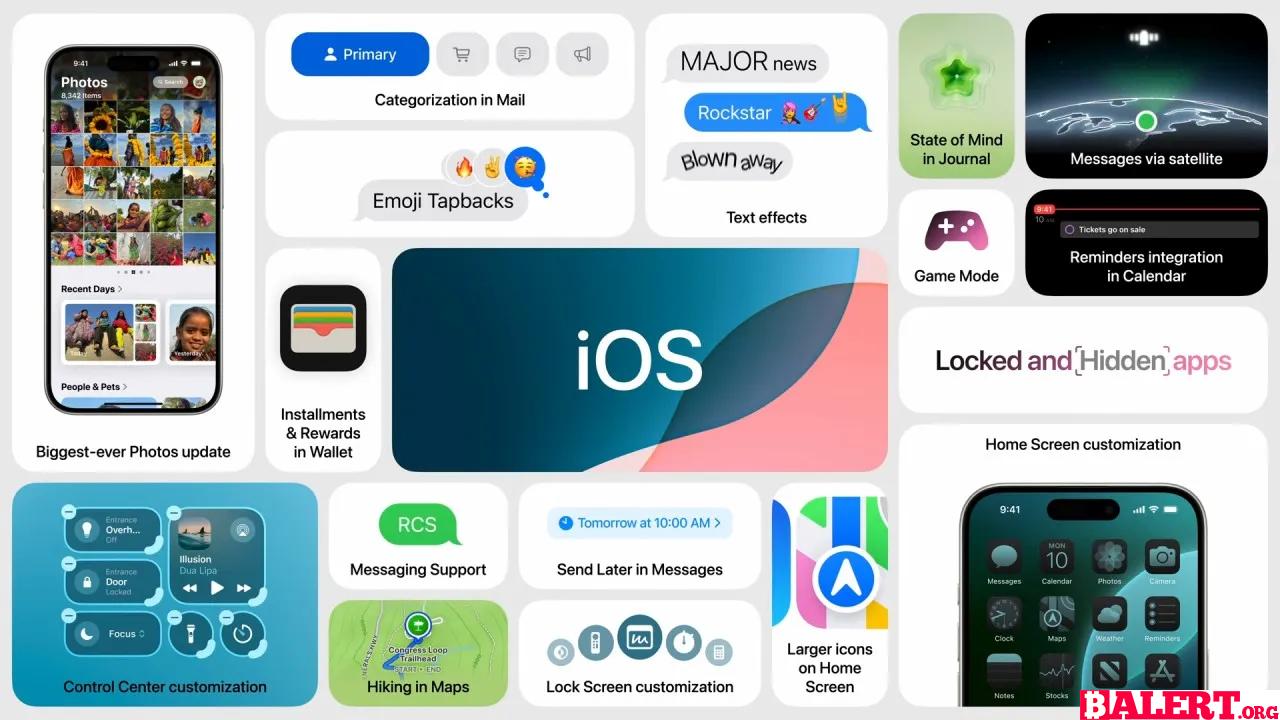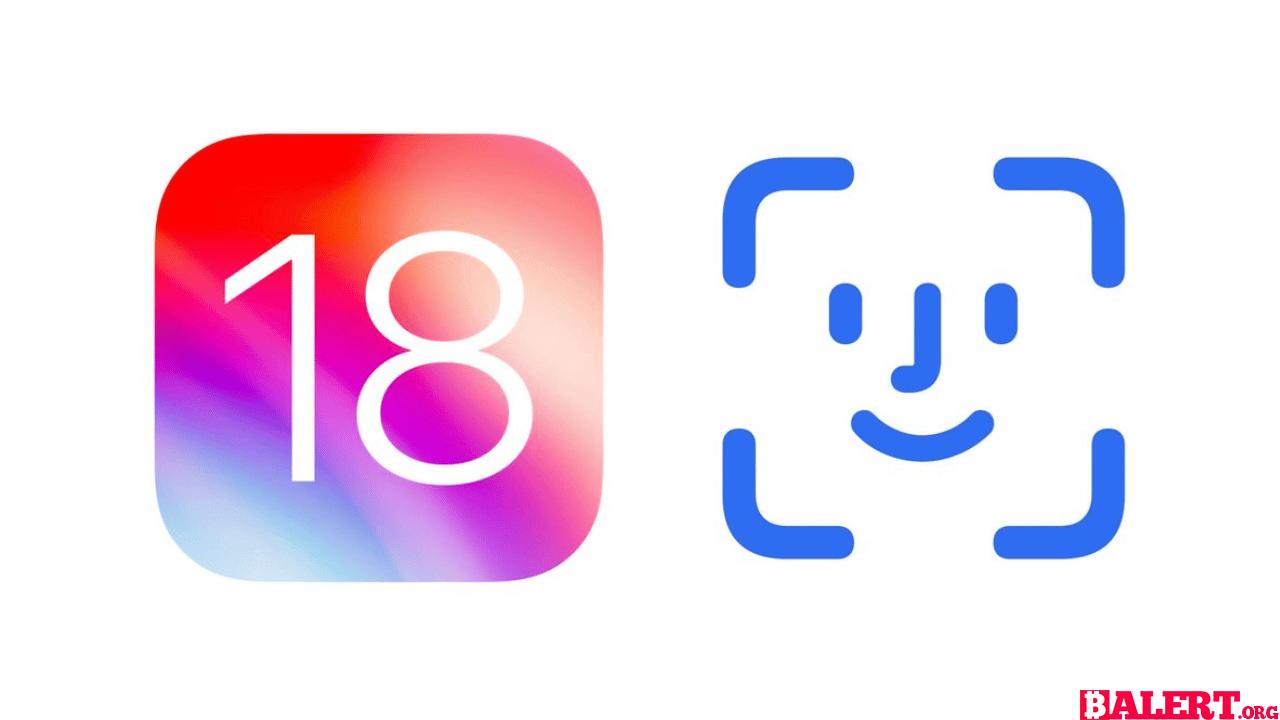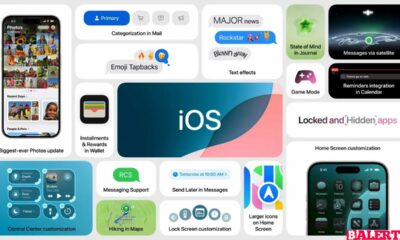Tech
The Rise of Restaking on the Solana Blockchain: Renzo’s ezSOL Initiative
Explore the surge of restaking on the Solana blockchain through Renzo’s ezSOL initiative. Discover how this innovative approach enhances staking rewards, strengthens network security, and empowers the Solana community.

Emergence of Restaking on the Solana Blockchain
Recent initiatives within the Solana blockchain have sparked interest in developing a framework for restaking. This innovative approach enables the securing of new protocols and applications without the necessity of establishing additional validator networks. Although Jito Labs, a prominent developer of infrastructure tools tailored for Solana, has yet to launch its anticipated restaking initiative on the mainnet, the mere possibility of this lucrative opportunity is already drawing attention from potential launch partners.
Among these partners is the liquid restaking protocol Renzo, which has made a name for itself through its work on Ethereum-based restaking projects such as EigenLayer and Symbiotic. In a recent announcement, Renzo revealed its plans to introduce a SOL derivative token, named ezSOL. This token will afford holders exposure to Jito’s yield-generating infrastructure, in addition to the surplus tokens generated through staking and restaking activities.
This marks a significant shift for Renzo, which is an established player within the EigenLayer ecosystem, known for its pioneering contributions to restaking. Renzo’s ezETH is one of the largest liquid restaking tokens in the Ethereum ecosystem, allowing users to “restake” their ETH or ETH liquid staking tokens with various blockchain applications to enhance economic security while accruing interest.
According to Lucas Kozinski, a founding contributor of Renzo, the same foundational principles will apply to Jito’s forthcoming restaking protocol. However, there will be some variations in terminology. EigenLayer refers to blockchain applications secured via restaking as “actively validated services” (AVSs), while Jito designates them as Node Consensus Networks (NCNs).
The Future of Restaking in DeFi
Kozinski expressed optimism about the future of restaking, predicting it could become the largest segment within decentralized finance (DeFi), similar to the rapid growth of liquid staking. He emphasized that, despite the focus on the token itself, the complexity of restaking necessitates substantial infrastructure to effectively secure AVSs and, in Jito’s case, NCNs.
How Renzo ezSOL Functions
Renzo’s ezSOL will function in tandem with Jito’s staking token, jitoSOL. Users of Solana who deposit their SOL into Renzo will receive the ezSOL token in return. Behind the scenes, Renzo will stake the underlying SOL with Jito to obtain jitoSOL, which allows access to MEV rewards and the inherent yield of the Solana blockchain. Subsequently, Renzo will restake that jitoSOL with NCNs.
Despite the similarities between Renzo’s liquid restaking frameworks on Ethereum and the upcoming launch on Solana, the process is far more intricate than a simple migration of the existing system. The Solana blockchain operates on a fundamentally different architecture compared to Ethereum, and its applications are developed using distinct programming languages.
Kozinski mentioned that he has engaged Rust engineers to construct the smart contracts necessary for ezSOL. A recent press release indicated that these smart contracts would be responsible for relaying the value generated through restaking into the pricing of ezSOL. If everything unfolds as planned, ezSOL is expected to trade closely with, but at a slight premium to, SOL, much like Jito’s staking token, jitoSOL.
Moreover, the crypto culture surrounding Solana differs significantly from that of Ethereum. Although there is a crossover of crypto traders, stakers, and borrowers between the two ecosystems, their user bases do not entirely overlap. Each chain boasts its own set of dedicated supporters, some of whom fervently believe in the superiority of one network over the other, both technically and philosophically.
This cultural divide has historically hindered other blockchain applications attempting to bridge the gap. For instance, Ethereum’s liquid staking leader, Lido, made an attempt to penetrate Solana’s staking services and achieve dominance across both chains, but ultimately retreated in February.
Given these challenges, Renzo—a name recognized primarily within the Ethereum restaking community—may seem like an unlikely contender for success on Solana. However, Renzo is not severing ties with its Ethereum offerings; rather, it is exploring expansion into Solana, which it believes harbors greater potential for growth.
Kozinski remains confident in Renzo’s ability to thrive in this new environment. He highlighted the cultural alignment with Jito and the potential for collaboration that incentivizes user engagement. He also pointed out that Renzo’s product is directly integrated with Jito, one of Solana’s most successful startups to date.
“There is a possibility that Ethereum users may be inclined to explore Solana, just as Solana users may find Ethereum appealing. Nevertheless, the overarching goal is to expand the Renzo user base and leverage the expertise we have cultivated over the past year while building on EigenLayer,” he concluded.
Tech
Tesla Semi Fire: NTSB Preliminary Report Released
The NTSB’s preliminary report on the Tesla Semi fire has been released. This content includes important information about the details of the incident, the causes of the fire, and Tesla’s safety measures. Explore the impact on Tesla’s electric vehicles and its future steps.

The National Transportation Safety Board (NTSB) released a preliminary report stating that a Tesla Semi electric truck in California required firefighters to use “50,000 gallons” (approximately 190,000 liters) of water to extinguish a roadside fire. Firefighting teams also deployed an aircraft to drop fire retardant on nearby areas as a precautionary measure to control the fire.
The accident occurred on August 19 at 3:13 AM local time on the I-80 highway east of Sacramento. The electric truck went off the road while navigating a curve, collided with a roadside boundary marker, and then struck a tree, coming to a stop. Fortunately, the driver was not injured in the accident; however, considering their health condition, they were taken to the hospital.
The Tesla Semi’s large 900 kWh battery caught fire upon impact, and toxic smoke began to spread during the fire. While the fire continued with temperatures reaching up to 538°C, firefighters worked intensively to cool the blaze with water. However, due to the fire’s effects, the vehicle continued to burn until late in the afternoon. Meanwhile, Tesla sent a technical expert to the scene regarding fire safety and high voltage hazards.
The highway reopened to traffic at 7:20 PM local time, 16 hours after the accident. The NTSB, as an organization that can only make recommendations and cannot enforce regulations, sent a team to the area for investigation purposes. This major accident raised several issues, including dangerously hot fires and toxic smoke, which will attract the attention of many international organizations.
The NTSB had previously stated in 2021 that fires in the batteries of electric vehicles pose serious risks to emergency response teams and that the guidelines provided by manufacturers for such fires are inadequate.
Tech
New Leaks and Features About the Samsung Galaxy S25 Ultra
Discover the latest leaks and features about the Samsung Galaxy S25 Ultra. Equipped with new technologies and advanced features, this smartphone elevates the user experience to a new level. Check it out for details!

New Leaks About Samsung Galaxy S25 Ultra
Samsung is expected to introduce the Galaxy S25 Ultra along with the Galaxy S25 series at the beginning of 2024, likely in January. Although no official announcement has been made yet, leaks regarding the upcoming flagship continue to spread rapidly on the internet. Notable leak source IceUniverse shared several new visuals of the Galaxy S25 Ultra in a post on the X platform. These visuals reveal the design differences between the Galaxy S25 Ultra and the Galaxy S24 Ultra.
One of the notable features in the leaked images of the Galaxy S25 Ultra is the rounded corners of the phone. In contrast, this year’s Galaxy S24 Ultra has quite sharp corners, which has led to feedback from some users indicating discomfort while holding the device. Previous leaks have suggested that the Galaxy S25 Ultra may be somewhat larger.
A tweet shared by IceUniverse: Galaxy S25 Ultra Image
According to leaks, the Galaxy S25 Ultra is expected to be thinner and lighter compared to previous models. In August, rumors emerged that the upcoming Galaxy S25 Ultra would be lighter than its competitors, with a weight of under 221 grams.
Another image featured in IceUniverse’s post shows close-ups of the sides of both next year’s expected flagship phone and Samsung’s current flagship. In this image, the side of the Galaxy S25 Ultra appears flatter with rounded corners. While these changes may not create a major revolution, they will generally positively affect the feel of the phone in hand.
Looking at other rumors about the Samsung Galaxy S25 Ultra, it is expected that the company will offer top-tier screen and camera upgrades next year. Additionally, there is a strong expectation that the satellite connection feature will also be introduced alongside the Galaxy S25.
Tech
iOS 18 Officially Released: Innovations and Features
iOS 18 has been officially released! This update, packed with new features and innovations, elevates the user experience to the next level. Check out our article for details and discover the new offerings of iOS 18!

iOS 18 Officially Released: Here Are the Innovations!

Apple officially launched iOS 18 yesterday, as promised. After a long beta testing phase, this update brings many exciting new features for iPhone users.

New Features in iOS 18
- Advanced Customization Options on the Home Screen: With iOS 18, users can now arrange app icons freely without sticking to the traditional grid layout. Additionally, there’s an option to change the colors of the icons and adjust their darkness levels. In short, you are no longer bound to a boring layout. It raises questions why Apple waited until 2024 to offer this feature.
- Revamped Control Center: The Control Center is completely redesigned in iOS 18. Users will be able to group controls more comfortably, and developers can easily add controls from their applications. Also, there’s an option to divide the Control Center into pages, allowing different controls on each page.
- RCS Messaging Support: With iOS 18, Apple introduces Rich Communication Services (RCS) messaging support. Users can add various effects to their texts and react with new emojis for more colorful responses.
- Updated Photos App: The Photos app is presented with a new opening page and a modern layout. Users can now browse photos by time, people, and many other criteria, reorder media files, and explore more with the “Collections” feature.
- App Lock Feature: Users can now lock specific applications. For example, they can activate Face ID protection from the menu that appears when long-pressing an app icon. Thus, anyone wanting to open the app will have to pass the Face ID protection first.
- Apple Intelligence: One of the important features of iOS 18 is Apple’s artificial intelligence kit, Apple Intelligence. However, to fully benefit from this feature, you’ll need to wait for the iOS 18.1 update. More information about Apple Intelligence can be found here.
How to Install iOS 18?
- Open the Settings app.
- Tap on General.
- Select Software Update.
- Your iPhone will notify you that the new iOS 18 update is available.
- Click on “Download and Install” and follow the on-screen instructions.
Which iPhone Models Can Install iOS 18?
- iPhone XR, XS, and XS Max
- iPhone 11
- iPhone 11 Pro and 11 Pro Max
- iPhone SE (2nd generation)
- iPhone 12 mini and iPhone 12
- iPhone 12 Pro and iPhone 12 Pro Max
- iPhone 13 mini and iPhone 13
- iPhone 13 Pro and iPhone 13 Pro Max
- iPhone SE (3rd generation)
- iPhone 14 and iPhone 14 Plus
- iPhone 14 Pro and iPhone 14 Pro Max
- iPhone 15 and iPhone 15 Plus
- iPhone 15 Pro and iPhone 15 Pro Max
- iPhone 16
- iPhone 16 Plus
- iPhone 16 Pro and iPhone 16 Pro Max
-

 Business5 months ago
Business5 months agoObituary: Dan Collins
-

 Business3 months ago
Business3 months agoThe Significance of Jackson Hole: A Central Banking Tradition
-

 Gaming5 months ago
Gaming5 months agoMore than a thousand students vowed not to work for Amazon and Google due to the Nimbus Project.
-

 World5 months ago
World5 months agoRussia and North Korea Strengthen Defense Ties
-

 Business5 months ago
Business5 months agoJump Crypto Invests $10 Million in Pro-Crypto PAC
-

 Tech2 months ago
Tech2 months agoNew Leaks and Features About the Samsung Galaxy S25 Ultra
-

 Article5 months ago
Article5 months agoCreative Design Applications Developed with Artificial Intelligence
-

 Gaming5 months ago
Gaming5 months agoThe Inspirational Success Story of Avon’s Founder Who Sold Books Door to Door











